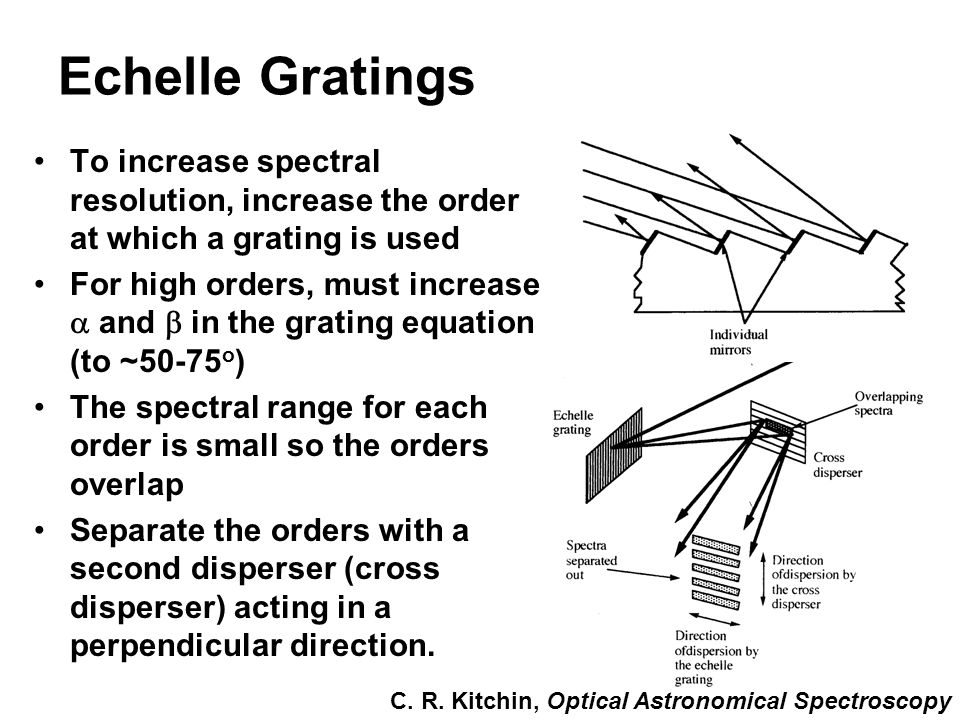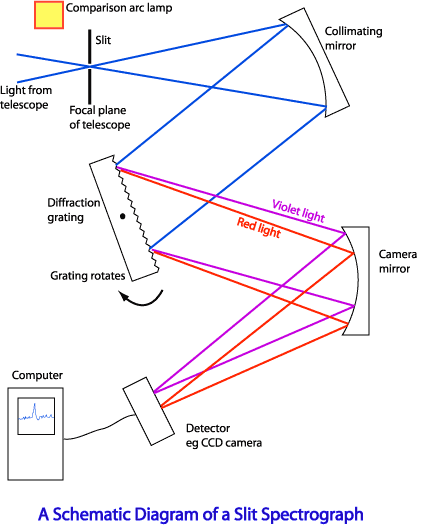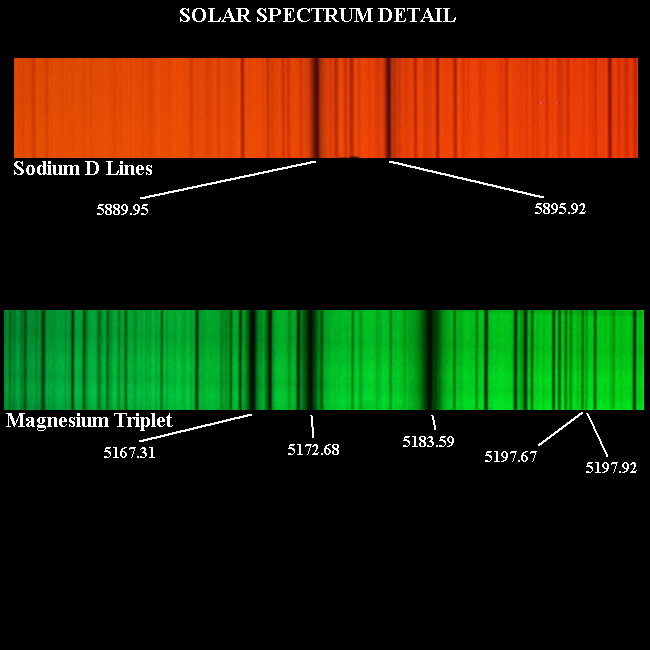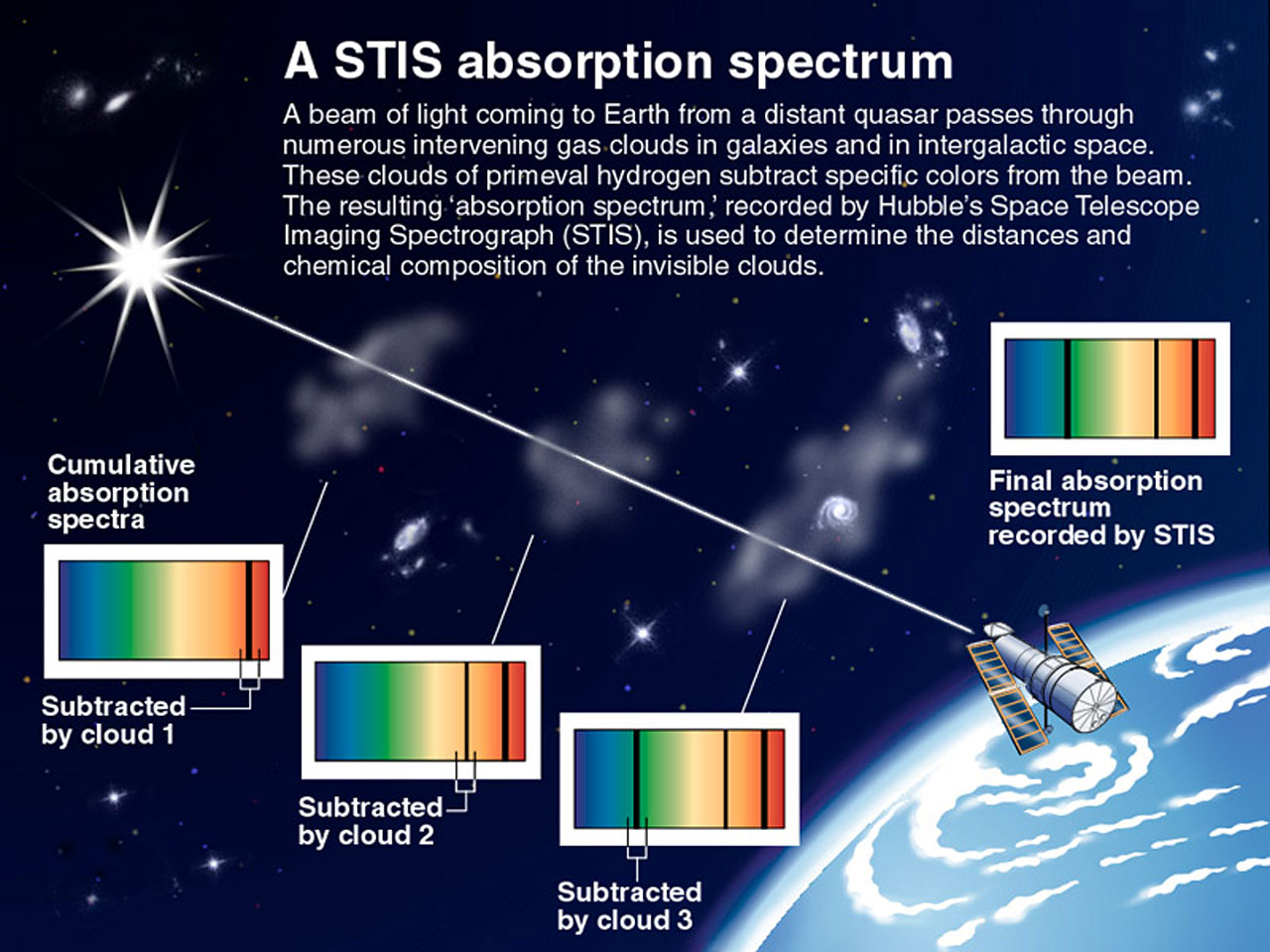optical astronomical spectroscopy Download optical astronomical spectroscopy or read online books in PDF, EPUB, Tuebl, and Mobi Format. Click Download or Read Online button to get optical astronomical spectroscopy book now. This site is like a library, Use search box in. Astronomical spectroscopy is the study of astronomy using the techniques of spectroscopy to measure the spectrum of radiation, including visible light, which radiates from. Bristol: Institute of Physics Publishing. Series in Astronomy and Astrophysics is book will go some way towards setting that record straight. The book is intended to provide a grounding in all aspects of the theory and practice of modern astronomical spectroscopy over the optical part In the video below, see Tom Field, the author of our realtime spectroscopy program RSpec, t take our word for it the video below shows the spectra of a bright star taken at 5 framessecond using just an astronomical video camera! Better yet, see for yourself whats possible. Introduction to Astronomical Spectroscopy Spectroscopy is the principal tool used in astronomy to investigate the Universe beyond Earths atmosphere. Through the analysis of radiation, spectrographs 4 OpticalRange Grating and Prism Spectrometers 81 Optical Astronomical Spectroscopy provides a comprehensive introduction to all aspects of optical spectroscopy as applied to astronomy. Split into three distinct sections, the first deals with the physics of atoms and molecules and how this leads to the features found in spectra. A concise introduction, Optical Astronomical Spectroscopy appeals to the newcomer of astronomical spectroscopy and assumes no previous specialist knowledge. Title: Optical Astronomical Spectroscopy: Authors: Kitchin, C. Publication: Optical Astronomical Spectroscopy. Series: Series in Astronomy and Astrophysics, ISBN: 978. A concise introduction, Optical Astronomical Spectroscopy appeals to the newcomer of astronomical spectroscopy and assumes no previous specialist knowledge. Beginning from the physical background of spectroscopy with a clear explanation of energy levels and spectroscopic notation, the book proceeds to introduce the main techniques of optical spectroscopy and the range of instrumentation that. Astronomical spectroscopy's wiki: Astronomical spectroscopy is the study of astronomy using the techniques of spectroscopy to measure the spectrum of radiation, including visible light and radio, which radiates from stars and other hot celestial objects. PY 1 PY3A06 Astronomical Spectroscopy Dr. Ruten Radiative Transfer in Stellar Atmospheres Optical Astronomical Spectroscopy Ebook written by C. Read this book using Google Play Books app on your PC, android, iOS devices. Download for offline reading, highlight, bookmark or take notes while you read Optical Astronomical Spectroscopy. A concise introduction, Optical Astronomical Spectroscopy appeals to the newcomer of astronomical spectroscopy and assumes no previous specialist knowledge. Beginning from the physical background of spectroscopy with a clear explanation of energy levels and spectroscopic notation, the book proceeds to introduce the main techniques of optical. As a consequence, the application of opticalfiber couplers to new and existing spectrographs may greatly increase the wavelength metric quality of conventional astronomical spectroscopy. The optical efficiencies of fiber couplers of a few tens of meters in length can be comparable to those of typical coude mirror trains in the visible portions. A concise introduction, Optical Astronomical Spectroscopy appeals to the newcomer of astronomical spectroscopy and assumes no previous specialist knowledge. Beginning from the physical background of spectroscopy with a clear explanation of energy levels The entire wikipedia with video and photo galleries for each article. Find something interesting to watch in seconds. The observables Astronomical spectroscopy aims at measuring: At optical wavelength 2 is 1015 Hz, thus too fast to be resolved by detectors. The observable becomes Abstract: Spectroscopy is one of the most important tools that an astronomer has for studying the universe. This chapter begins by discussing the basics, including the different types of optical spectrographs, with extension to the ultraviolet and the nearinfrared. A concise introduction, Optical Astronomical Spectroscopy appeals to the newcomer of astronomical spectroscopy and assumes no previous specialist knowledge. The last decade has seen the growth in multifibre spectroscopy. This involves the use of optical fibres to take light from the focal plane of the telescope to a spectrograph. Optical Astronomical Spectroscopy, Kitchin. has theory and practice (mostly at the professional observatory level) of spectroscopy. From its beginnings in the early 19th century, spectroscopy the analysis of starlight by wavelength has unlocked a treasuretrove of astronomical information. optical astronomical spectroscopy Download optical astronomical spectroscopy or read online here in PDF or EPUB. Please click button to get optical astronomical spectroscopy book now. All books are in clear copy here, and all files are secure so don't worry about it. A concise introduction, Optical Astronomical Spectroscopy appeals to the newcomer of astronomical spectroscopy and assumes no previous specialist knowledge. Beginning from the physical background of spectroscopy with a clear explanation of energy levels and spectroscopic notation, the book proceeds to introduce the main techniques of optical. Astronomical spectroscopy is the study of astronomy using the techniques of spectroscopy to measure the spectrum of radiation, including visible light and radio, which radiates from stars and other celestial objects. optical spectroscopy obtained with charge coupled devices (CCDs) and the techniques needed for nearinfrared (NIR) spectroscopy obtained with their more nicky arrays. The subject of astronomical spectroscopy has received a rich treatment in the litera In most astronomical spectrographs the disperser is a grating, and is ruled with a. This paper describes the applications of microlenses in astronomical spectroscopy and discusses the necessary performance requirements. Additional resources for Optical Astronomical Spectroscopy Example text In such a case, the value of An for either electron is again unrestricted, but All f l, and A12 0, f 2. Optical astronomical spectroscopy. [C R Kitchin A concise introduction, Optical Astronomical Spectroscopy appeals to the newcomer of astronomical spectroscopy and assumes no previous specialist knowledge. Beginning from the physical background of. Download Citation on ResearchGate Optical Astronomical Spectroscopy Spectroscopy is the neglected art as far as most amateur astronomers are concerned. But with CCD detectors and easy. A concise introduction, Optical Astronomical Spectroscopy appeals to the newcomer of astronomical spectroscopy and assumes no previous specialist knowledge. Beginning from the physical background of spectroscopy with a clear explanation of energy levels and spectroscopic notation, the book proceeds to introduce the main techniques of optical. Chemical analysis spectroscopy Lon Foucault ( ) Comparison between spectra on Earth and solar spectrum (sodium lines, 1849) Gustav Kirchhoff In parallel, he made the experiment with salt and published in 1859 that sodium should exist on solar atmosphere! A key theoritical result: Kirchhoff laws Robert Bunsen ( ) Heidelberg university like Kirchhoff Astronomical Spectroscopy in simplest way is the way to study space by using spectroscopy technique. Spectroscopy technique is a method that you use to measure many factors, such as the spectrum of radiation, radio wave, and other energy that come out from a. Optical Astronomical Spectroscopy provides a comprehensive introduction to all aspects of optical spectroscopy as applied to astronomy. Split into three distinct sections, the first deals with the physics of atoms and molecules and how this leads to the features found in spectra. Radio spectroscopy; Optical spectroscopy; Astronomical spectroscopy Spectroscopy s p k t r s k p i is the study of the interaction between matter and radiation. Historically, spectroscopy originated through the study of visible light dispersed according to its wavelength, by a prism. Later the concept was expanded greatly to include any interaction with radiative energy as a function of its wavelength or frequency. A concise introduction, Optical Astronomical Spectroscopy appeals to the newcomer of astronomical spectroscopy and assumes no previous specialist knowledge. Beginning from the physical background of spectroscopy with a clear explanation of energy levels and spectroscopic notation, the book proceeds. Astronomical spectroscopy is the study of astronomy using the techniques of spectroscopy to measure the spectrum of radiation, including visible light and radio, which radiates from stars and other hot celestial objects. Astronomical spectroscopy is the study of astronomy using the techniques of spectroscopy to measure the spectrum of radiation, including visible light and radio, which radiates from stars and other hot celestial objects. Chart and Diagram Slides for PowerPoint Beautifully designed chart and diagram s for PowerPoint with visually stunning graphics and animation effects. Our new CrystalGraphics Chart and Diagram Slides for PowerPoint is a collection of over 1000 impressively designed datadriven chart and editable diagram s guaranteed to impress any audience. Spectroscopy is one of the most important tools that an astronomer has for studying the universe. This chapter begins by discussing the basics, including the different types of optical spectrographs, with extension to the ultraviolet and the nearinfrared. CAOS: Club of Aficionados in Optical Spectroscopy Our purposes are: Search and develop knowhow in the construction of spectrographs aimed to amateur astronomers Share the acquired knowhow to the amateur community In our old web site we show most of our past work (from 1993) We have organized our present web Astronomical spectroscopy is the study of astronomy using the techniques of spectroscopy to measure the spectrum of radiation, including visible light, which radiates from stars. The book is intended to provide a grounding in all aspects of the theory and practice of modern astronomical spectroscopy over the optical part of the spectrum. Additionally, reference is made to aspects of spectroscopy outside this range at times for completeness (e. molecular spectra) or because of importance (e. Starting from the physical background to spectroscopy, with clear explanation of energy levels and spectroscopic notation, it goes on to introduce the main techniques of optical spectroscopy and the range of instrumentation that is available. Optical characterization of twodimensional array of 2048 tilting micromirrors for astronomical spectroscopy Michael D. Canonica, Frdric Zamkotsian, Patrick Lanzoni, Wilfried Noell, and Nico De. The astronomical applications of spectroscopy outside the optical region were even slower than those in the laboratory. it was not until after the second world war that radio astronomy really got under way. detectors such as Geiger counters and nuclear emulsion were available much earlier. Astronomical spectroscopy is the study of astronomy using the techniques of spectroscopy to measure the spectrum of radiation, including visible light and radio, which radiates from stars and other hot celestial objects. Spectroscopy can be used to derive many properties of distant stars and galaxies, such as their chemical composition, temperature, density, mass, distance.











